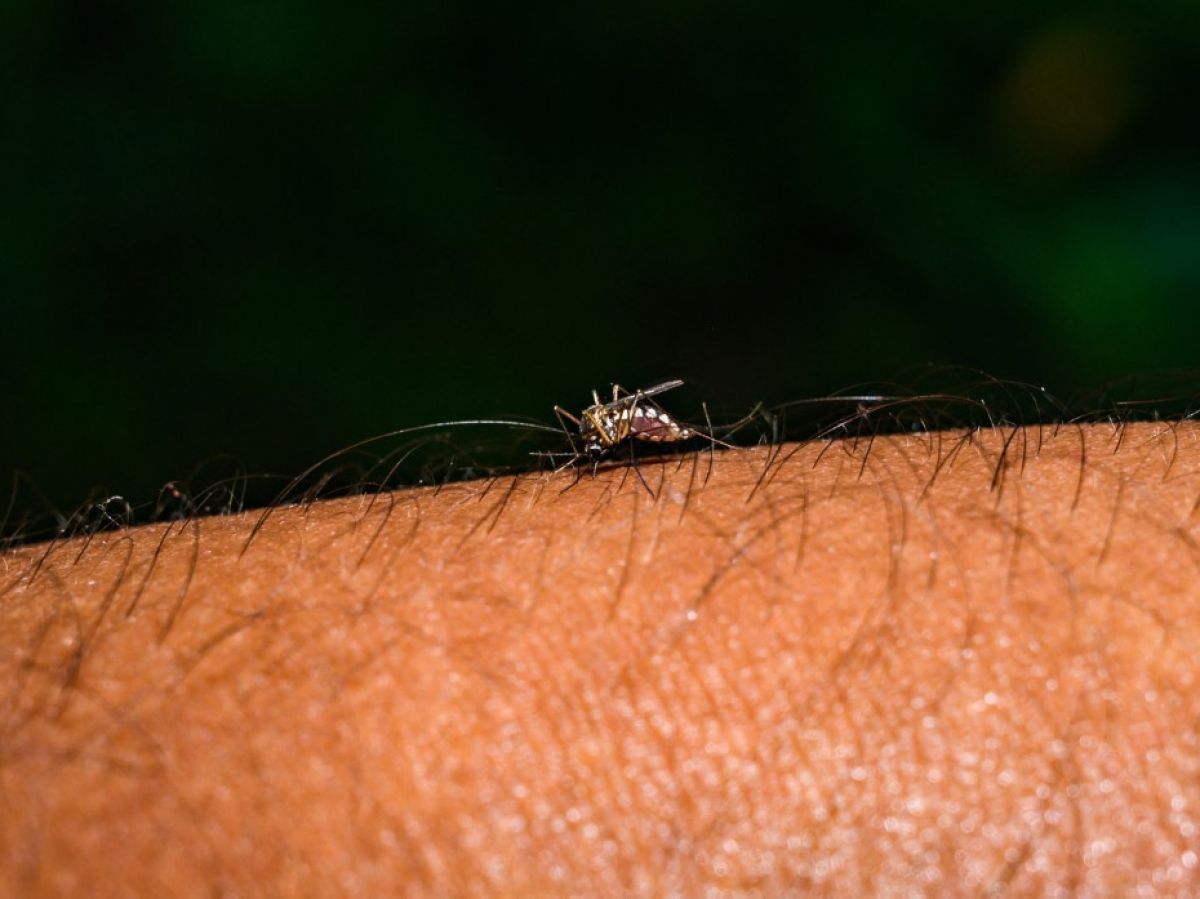The first indigenous case of chikungunya in 2025 in mainland France was detected on June 11 in the Var region, in the commune of La Crau, the Provence-Alpes-Côte d'Azur Regional Health Agency announced in a press release on June 13. Only one indigenous case of this virus transmitted by the tiger mosquito had been detected in 2024 in mainland France, in the Ile-de-France region, and none in 2023. Since 2010, mainland France had experienced around thirty indigenous cases of this virus.
Until now, since the beginning of the year, all cases of chikungunya recorded in mainland France came from contamination outside the territory, mainly in Réunion, this French island in the Indian Ocean which has been hit for several months by an epidemic of this virus unprecedented in twenty years.
“ Immediate measures are being implemented to limit any risk of spread", assured the ARS Paca, mentioning in particular a mosquito control carried out in the commune, " on public roads and in private gardens located around the case", in order to eliminate breeding sites and adult mosquitoes as quickly as possible. Similarly, a door-to-door survey will be conducted in homes in the affected area to identify people who may be showing symptoms.
We speak of an indigenous case when a person contracted the disease on national territory and did not travel to a contaminated area in the 15 days preceding the onset of symptoms.
Read alsoChikungunya epidemic: 40% of patients develop a chronic form of the disease
23 dead on Reunion Island
This year the epidemic of chikungunya, a disease causing fever and joint pain, has mainly hit Reunion Island, with 23 deaths, although it is now continuing its decline. It is estimated that 200,000 people have been infected on the island since January.
If the epidemic clearly recedes in Reunion, it continues its momentum in Mayotte, also in the Indian Ocean, where it appeared later. According to the latest report, 746 cases have been reported since the beginning of the year, but this figure probably appears to be an underestimate.
The warmer temperatures currently affecting France are favoring the activity of tiger mosquitoes, vectors of this virus as well as those of dengue and Zika. In 2024, there were also 83 indigenous cases of dengue in mainland France, between the Provence-Alpes-Côte d'Azur, Occitanie, and Auvergne-Rhône-Alpes regions.
Having appeared in mainland France in 2004, the tiger mosquito is in any case continuing its rapid expansion across the country, particularly towards the north: at the start of 2025 it was established in 81 departments, or 84% of the mainland departments, according to new data released in mid-May by Public Health France.
A disease soon to be endemic in Europe?
Dengue fever and chikungunya could become endemic in Europe due to global warming, urbanization and travel, all factors that promote the spread of the tiger mosquito, according to a study published in the journal Lancet Planetary Health mid-May.
Faced with this progression, and in an attempt to halt it, several thousand male tiger mosquitoes rendered sterile by X-rays were released in mid-May in Brive-la-Gaillarde (Corrèze), as part of an experiment of unprecedented scale in metropolitan France. With this sterile insect technique (SIT), used for decades in the agricultural sector, the offspring of females, the only ones responsible for biting, would gradually be neutralized and the populations should automatically decrease.
